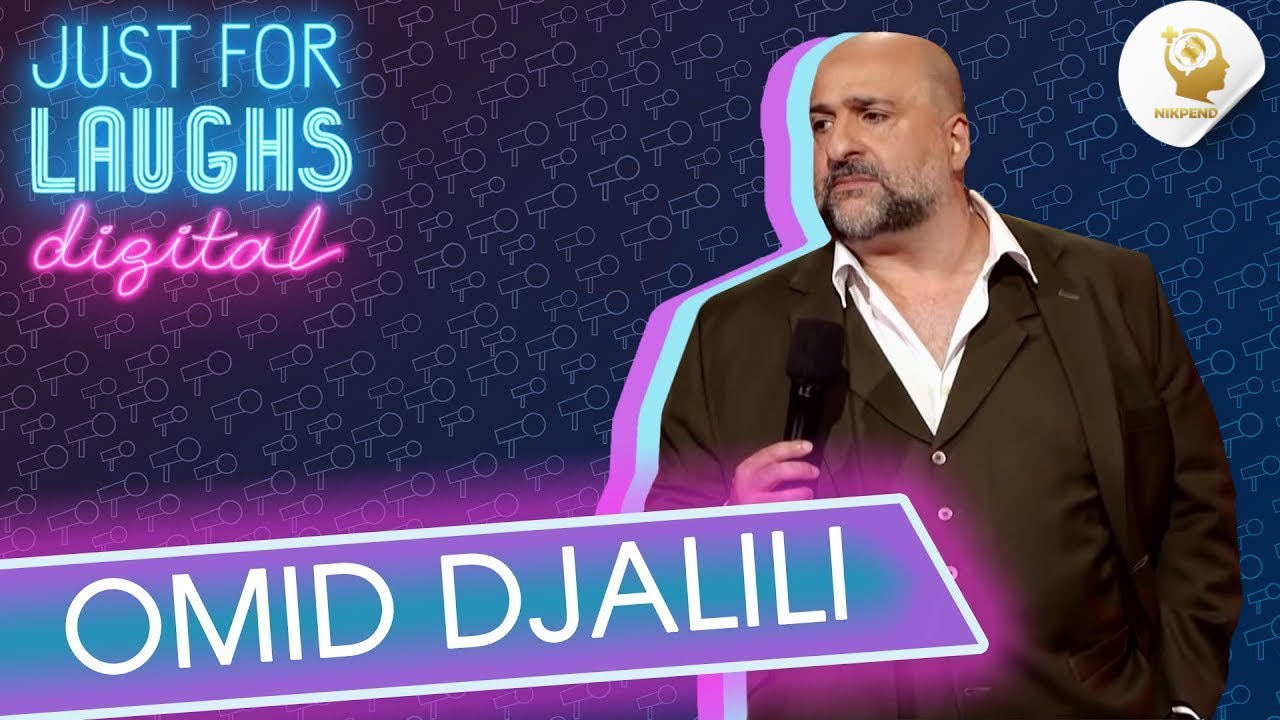
Beginner
- Personal Introduction
Task: In pairs, students introduce themselves to a partner. They should state their name, where they’re from, and one interesting fact about their name or family, as the speaker does. - Simple Q&A about the Video
Task: A student asks a partner three simple questions based on the video(e.g., “What is the speaker’s name?” or “What does his name mean?”). The partner must answer using full sentences. - Expressing a Simple Opinion
Task: Students complete the sentence “I think…” with a simple opinion based on the video , then share it with a partner. For example, “I think it is funny that the speaker talks about losing things.”
Intermediate
- Explaining a Joke or a Point
Task: In small groups, students take turns explaining one of the speaker’s jokes or points from the video . For example, one student explains the “female pope” joke, and another explains the humor of the visa questions. - Role-play: An Interview
Task: One student acts as an interviewer and asks another student questions about their identity, their background, or a funny personal experience, similar to the American visa questions. The second student answers with a mix of truthful and humorous responses. - Debating a Stance
Task: Students work in pairs to debate one of the speaker’s opinions, such as “women are better than men at everything.” They must use evidence from the text and their own experiences to support their arguments.
Advanced
- Delivering a Short Monologue
Task: Students prepare and deliver a short, 2-3 minute monologue in the style of Omid Djalili, focusing on a personal observation or a cultural difference. They should try to use humor, rhetorical questions, and exaggeration. - Analyzing and Discussing Cultural Stereotypes
Task: In a group discussion, students analyze the stereotypes mentioned in the video(e.g., Middle Easterners as “crazy nutty people,” Americans as “oversharing”). They must discuss how the speaker challenges these stereotypes and share their own perspectives on the topic.. - Pitching an Idea with Exaggeration
Task: Students choose a mundane topic (e.g., daily commute, a bad movie, doing homework) and “pitch” it to the class as if it were the most exciting or awful thing in the world. They should use the hyperbole and descriptive language seen in the Egyptian soccer commentary.
Beginner
- Listening for Gist
Task: Students listen to the first 30-60 seconds of the recording. After listening, they should choose the main topic from a list of three options (e.g., A. A man talking about his job, B. A man introducing himself and his name, C. A man describing his house). - Listening for Key Words
Task: Students are given a list of 5-7 keywords from the video(e.g., “hope,” “family,” “women,” “lose,” “visa”). They listen to the recording and check off the words they hear. - Simple Information Gap
Task: Students listen to a short, simple section (e.g., the part about losing things). They are given a sentence with missing words (e.g., “A man always _______ things. A woman can find a _______ in a ______.”). They listen and fill in the blanks.
Intermediate
- Listening for Specific Details
Task: Students listen to the section about the American visa questions. They are given a series of questions (e.g., “What was question number 15?,” “What was the speaker’s motto about drugs?,” “What was the visa delayed by?”) and must answer each one. - Identifying Cause and Effect
Task: Students listen to a part of the videoand identify a cause-and-effect relationship. For example, “Why will there never be a female pope?” (Cause: The church lost the Holy Grail 500 years ago. Effect: They don’t want a female pope to find it.) - Listening for Tone and Emotion
Task: Students listen to different parts of the recording and describe the speaker’s tone. For example, is he serious, sarcastic, or joking when he says, “The night is young”? They should explain their reasoning.
Advanced
- Analyzing Argument Structure
Task: Students listen to a longer segment (e.g., the section on cultural differences between Canadians and Americans) and identify the speaker’s main claim and how he supports it. They should be able to outline the argument and explain how each example contributes to the overall point. - Identifying Subtext and Irony
Task: Students listen to the section about the Egyptian soccer commentary. They should explain the subtext and irony behind the speaker’s description of the commentary (i.e., that the exaggerated praise for Messi is in direct contrast to their own “boring” soccer). - Summarizing the Overall Message
Task: After listening to the entire recording, students should be able to provide a comprehensive summary of the speaker’s overarching message. They should be able to articulate the main themes of identity, cultural differences, and the use of humor to challenge stereotypes.
Beginner
- Vocabulary Matching
Task: Create a list of 10-15 simple, high-frequency words from the video(e.g., “name,” “family,” “hope,” “men,” “women,” “lost,” “find,” “crazy,” “game,” “thank you”). Have students match these words to a list of definitions or simple synonyms. - Basic Comprehension Questions
Task: Ask students to read a short section of the video(e.g., the introduction or the part about losing things) and answer simple “who,” “what,” and “where” questions. For example:
What is the speaker’s name?
What does his name mean in Iran?
What does he say men are always doing? - True or False Statements
Task: Provide a series of statements based on the videoand have students determine if they are true or false. For example:
The speaker is from America. (False)
The speaker says women are better than men at everything. (True)
The speaker has a big family. (True)
Intermediate
- Identifying the Main Idea of a Section
Task: Divide the videointo several short sections (e.g., introduction, the Holy Grail joke, the American visa story, the soccer commentary) and have students write a one-sentence summary for each section’s main idea. - Recognizing Tone and Author’s Purpose
Task: Ask students to identify the tone of a specific part of the video(e.g., humorous, serious, sarcastic, or annoyed). Have them underline a few words or phrases that support their choice. For example:
“What the baby? I have no idea. I’ve lost the baby.” (Tone: Humorous, Exaggerated)
“Sorry. Could you just stamp the passport and let me in? Jim, I haven’t got time for this.” (Tone: Annoyed, Frustrated) - Inferencing and Making Predictions
Task: Provide students with a statement or a line from the videoand ask them to make an inference about the speaker’s feelings or the situation. For example, based on the line, “I wrote no, but the night is young,” what can you infer about the speaker’s attitude toward the visa questions?
Advanced
- Analyzing Rhetorical Devices
Task: Have students identify and analyze specific rhetorical devices used in the video , such as hyperbole (exaggeration), sarcasm, or analogy. Ask them to explain how these devices contribute to the overall humor and message. - Examining Cultural and Social Commentary
Task: Ask students to write a short essay (1-2 paragraphs) analyzing the speaker’s commentary on cultural stereotypes and national identity. They should identify the speaker’s main points about how people perceive him and use direct quotes from the text to support their analysis. - Summarizing a Complex Argument
Task: Have students read the entire videoand write a summary of the speaker’s overarching message or purpose. This summary should go beyond a simple retelling of the jokes and instead synthesize the main ideas about identity, cultural differences, and the use of humor to challenge perceptions
Beginner
- Personal Introduction
Task: Write a short paragraph introducing yourself, including your name, where you are from, and one interesting fact about yourself.. - Describe a Personal Belief
Task: Write a few sentences about something you believe is true, even if others might disagree. For example, “Women are better than men at everything.” - Simple Storytelling
Task: Write 3–5 sentences about a time you lost something and what happened.
Intermediate
- Explaining Cultural Identity
Task: Write a short essay (2–3 paragraphs) explaining how your nationality or cultural background is an important part of your identity. Use examples from your own life. - Opinion Essay with Supporting Details
Task: Write a short essay arguing whether you think men or women are better at a specific skill, such as finding things or communicating. Support your opinion with at least two reasons. - Humorous or Satirical Story
Task: Write a funny story about a time you had to fill out a form or answer unusual questions. Try to use exaggeration to make your story more entertaining.
Advanced
- Analyzing Cultural Differences
Task: Write an analytical essay discussing a specific cultural difference between two countries you are familiar with. You can focus on communication styles, social norms, or humor, and support your points with examples.. - Satirical Social Commentary
Task: Write a satirical piece in the style of a stand-up comedian, addressing a social or political issue. Use humor, hyperbole, and irony to make your point. - Creative Narrative Writing from a Specific Point of View
Task: Choose a specific, minor character from the video(e.g., the US border agent, Pablo Escobar’s friend, or James Blunt) and write a short story or monologue from their perspective.





